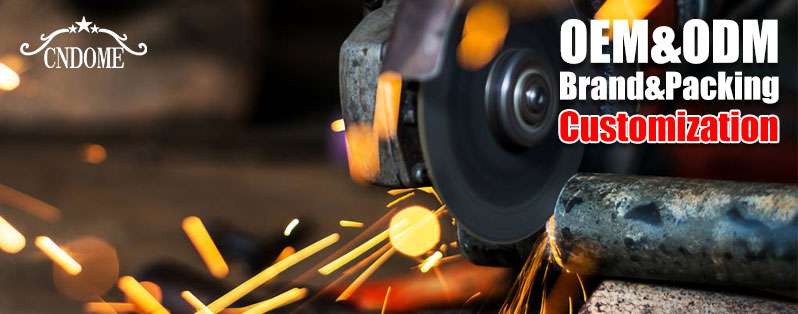Cutting stainless steel requires precision, efficiency, and the right tools. Among these tools, cutting wheels are indispensable for their ability to provide clean, accurate cuts. In this blog, we’ll delve into the essential aspects of cutting wheels for stainless steel, covering their types, selection criteria, usage tips, and maintenance.
Types of Cutting Wheels
1. Bonded Abrasive Cutting Wheels
- Resin-bonded: The most common type, known for their durability and ability to handle heavy-duty cutting tasks.
- Vitrified-bonded: These wheels are less common but offer high precision and are ideal for intricate cutting tasks.
2. Coated Abrasive Cutting Wheels
- These wheels have an abrasive material coated on the surface, providing a different cutting experience compared to bonded wheels.
3. Diamond Cutting Wheels
- Although more expensive, diamond cutting wheels offer unmatched precision and longevity, making them ideal for cutting through tough stainless steel.
Selection Criteria
1. Material Compatibility
- Ensure the cutting wheel is explicitly designed for stainless steel to avoid excessive wear and ensure a clean cut.
2. Wheel Diameter and Thickness
- The diameter affects the cutting depth, while the thickness impacts the precision. Thinner wheels provide more precise cuts but may wear out faster.
3. Abrasive Material
- Common materials include aluminum oxide and zirconia alumina. Zirconia alumina is often preferred for stainless steel due to its durability and efficiency.
4. Bonding Agent
- The bonding agent affects the wheel’s performance and lifespan. Resin-bonded wheels are popular for their balance of durability and performance.
5. RPM Rating
- Ensure the wheel’s RPM rating matches or exceeds that of your cutting tool to prevent accidents and ensure optimal performance.
Maintenance and Storage
1. Proper Storage
- Store cutting wheels in a dry, cool place away from direct sunlight and moisture. Avoid stacking them in a way that could cause deformation.
2. Regular Cleaning
- Clean the cutting wheel and tool after each use to remove debris and prevent buildup that can affect performance.
3. Avoid Overloading
- Do not exceed the wheel’s recommended cutting capacity. Overloading can lead to premature wear and potential safety hazards.
Conclusion
Choosing the right cutting wheel for stainless steel involves understanding the various types available and selecting one that matches your specific needs. By considering factors like material compatibility, wheel dimensions, abrasive material, and bonding agent, you can ensure efficient and precise cuts. Following proper usage tips and maintenance practices will not only extend the life of your cutting wheels but also ensure safety and optimal performance. Whether you’re a professional or a DIY enthusiast, investing in quality cutting wheels and using them correctly is key to achieving the best results in your stainless steel projects.



